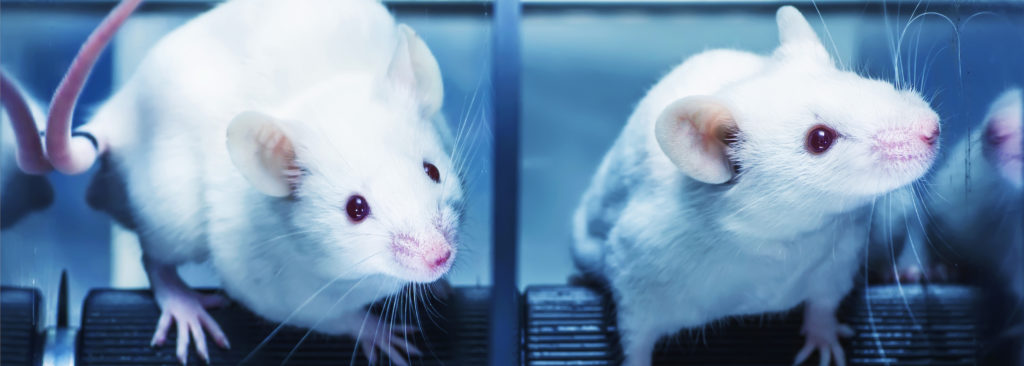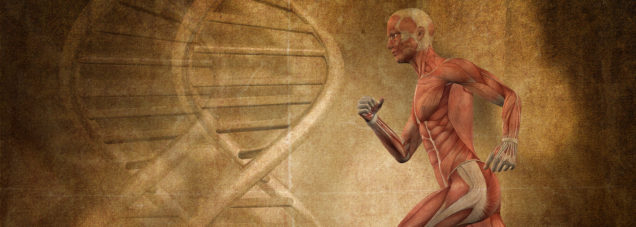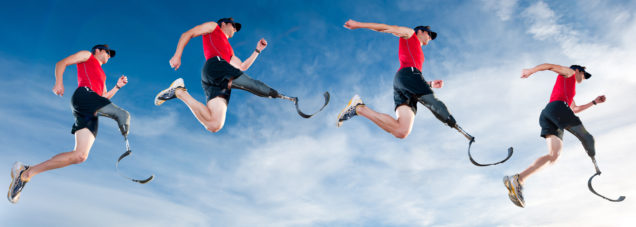The World of Aging, Rehabilitation, and Preclinical Animal Models
The complexity and heterogeneity of the clinical presentation in older patients receiving physical rehabilitation, combined with the inherent limitations of clinical research, make it difficult to investigate the underlying causes of muscle weakness and frailty. Scientifically, animal models are developed to dissect the molecular, cellular, and metabolic mechanisms contributing to disease, as well as how targeting these mechanisms can provide therapeutic targets.
Indeed, the study of animal models provides a rich source of discoveries and new hypotheses.
The development and use of preclinical models is an extremely important step in rehabilitation sciences research. Clinically-relevant animal models have the potential to accelerate the translation of rehabilitation research into the clinic.
The Skeletal Muscle Physiology Lab is at the forefront of investigations focused on developing preclinical animal models of frailty and teasing out the underlying etiology of frailty and sarcopenia.
Acknowledgement
Lab Director LaDora V. Thompson, PhD is the Travis M. Roy Endowed Professor. The Skeletal Muscle Physiology lab is supported by the Travis M. Roy Endowment.



